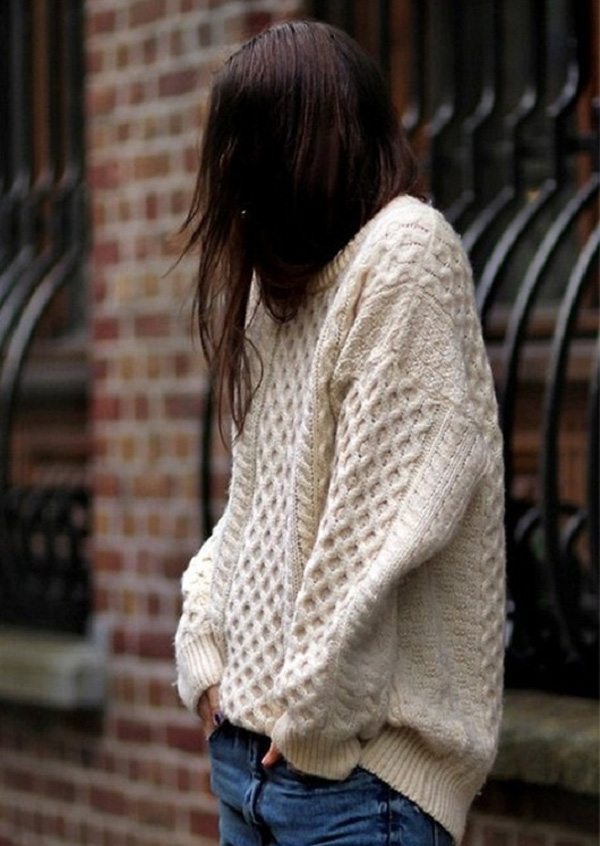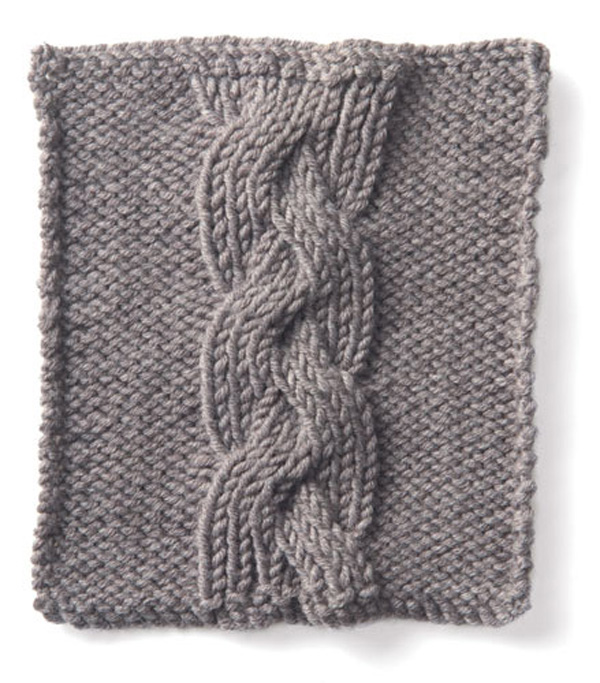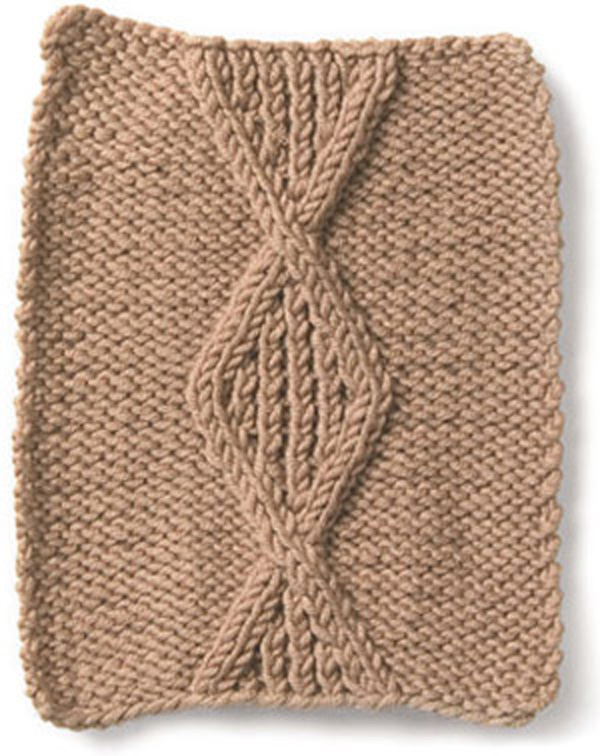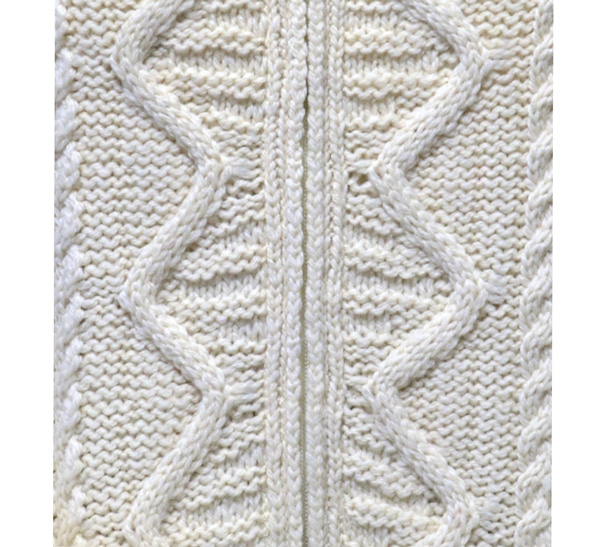 We attribute meanings and associations to holidays - real, tradition or made up. Leprechauns, green beer, corned beef and cabbage, shamrocks, parades, and four-leaf clovers sum up today. For me, St. Patrick’s Day is the day to be swathed in a big Irish hug -- one of the Fisherman sweaters I obsessively knit for many years. Not only are these sweaters unisex, they never go out of style.
We attribute meanings and associations to holidays - real, tradition or made up. Leprechauns, green beer, corned beef and cabbage, shamrocks, parades, and four-leaf clovers sum up today. For me, St. Patrick’s Day is the day to be swathed in a big Irish hug -- one of the Fisherman sweaters I obsessively knit for many years. Not only are these sweaters unisex, they never go out of style.
After attaining knitting proficiency by reading and swatching my way through tea-stained copies of Barbara Walker's series, A Treasury Of Stitch Patterns, I set out to learn the Irish stitch patterns. I soon found these Aran patterns were as addictively intriguing to knit as the messages conveyed in the individual stitches.
The classic knitting book by Alice Starmore, Aran Knitting provided the background and patterns for traditional fisherman sweaters. This book was out of print, but happily, it has been re-released, revised and expanded!
History
Aran Sweaters go way back. The emergence of the first sweaters are debatable, but commercially available Aran knitting patterns were published in the 1940's. The yarn was spun and knit off the west coast of Ireland on the Aran Islands. The sweaters were handcrafted for fishermen and farmers, and passed down from generation to generation. Each stitch pattern is said to carry its own unique meaning. These sweaters were often used to help identify bodies of fishermen washed up on the beach following an accident at sea.
Stitches
The combination of stitches have been interpreted in these popular Aran sweater stitch patterns:
 The Cable Stitch depicts fisherman's ropes. It represents a wish for a fruitful day at sea.
The Cable Stitch depicts fisherman's ropes. It represents a wish for a fruitful day at sea.

The Diamond Stitch reflects the small fields of the islands. Sometimes the diamonds are filled with Moss Stitch, which is said to depict the seaweed that fertilized the barren fields. The diamond stitch is a wish for success and wealth.

The Zig Zag Stitch is a half diamond. It represents the twisting cliff paths on the islands. The Tree of Life reflects the importance of the family - a desire for clan unity.
Photo: French Voguettes via Pinterest, Vogue Knitting
